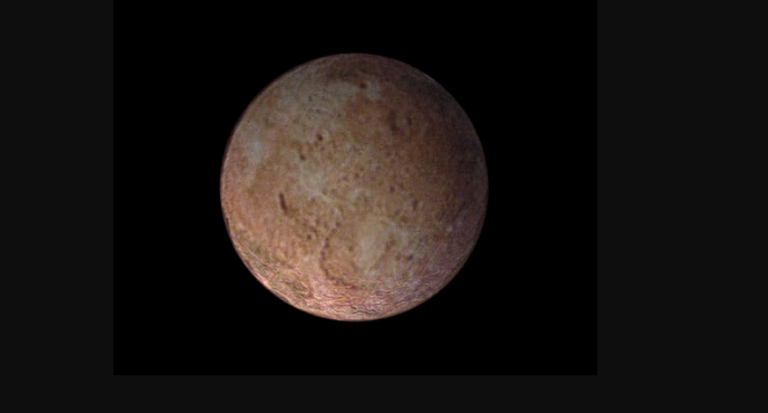Among the many mysteries that make the furthest reaches of our solar system, well, mysterious, is the exceptionally egg-shaped path of a dwarf planet called 90377 Sedna.
Its 11,400-year orbit, one of the longest of any resident of the solar system, ushers the dwarf planet to seven billion miles (11.3 billion km) from the sun, then escorts it out of the solar system and way past the Kuiper Belt to 87 billion miles (140 billion km), and finally takes it within a loose shell of icy objects known as the Oort cloud. Since Sedna’s discovery in 2003, astronomers have struggled to explain how such a world could have formed in a seemingly empty region of space, where it is too far to be influenced by giant planets of the solar system and even the Milky Way galaxy itself.
Now, a new study suggests that a thus far undetected Earth-like planet hovering in that region could be deviating orbits of Sedna and a handful of similar trans-Neptunian objects (TNOs), which are the countless icy bodies orbiting the sun at gigantic distances. Many TNOs have oddly inclined and egg-shaped orbits, possibly due to being tugged at by a hidden planet, astronomers say.
more at space.com
Ask me anything
Explore related questions





